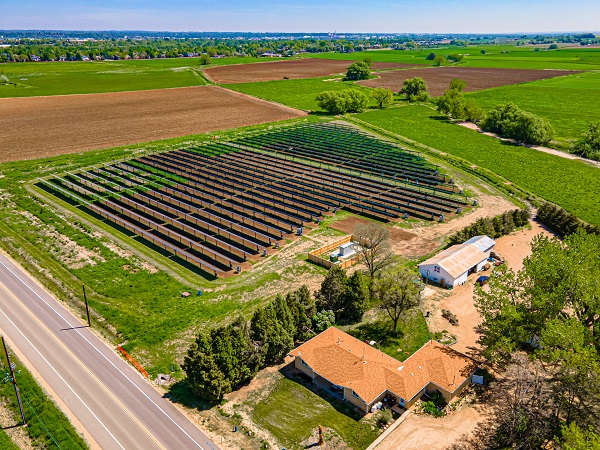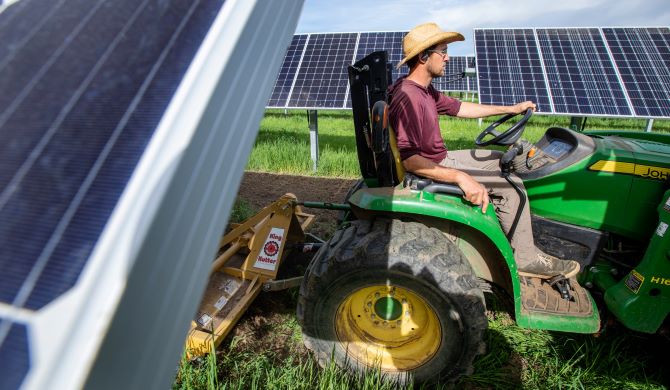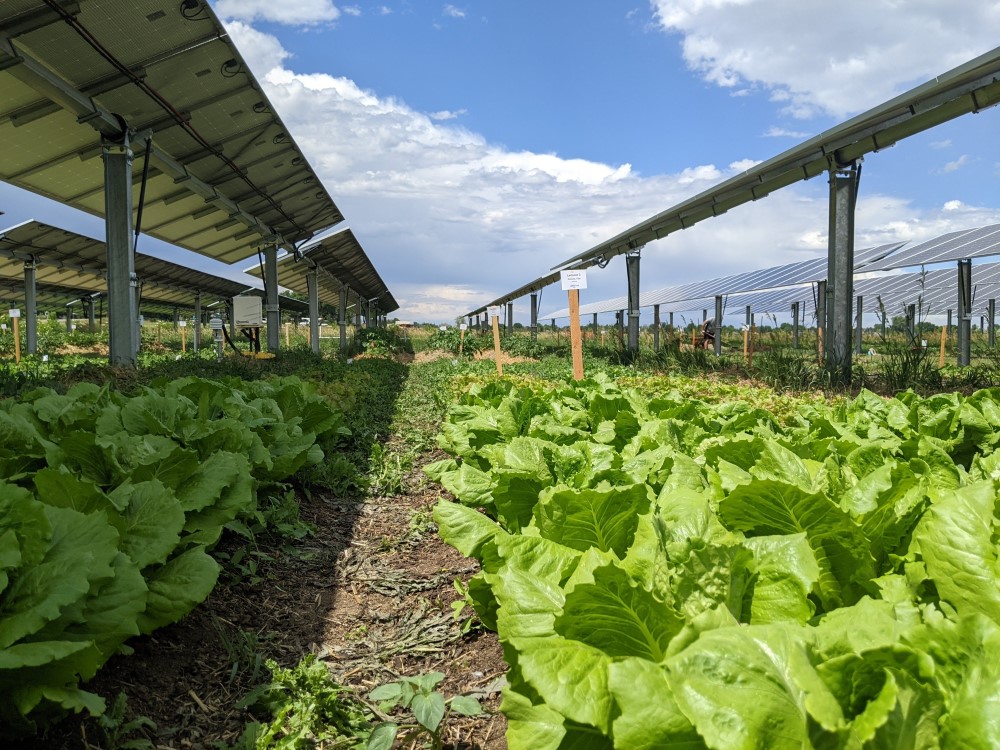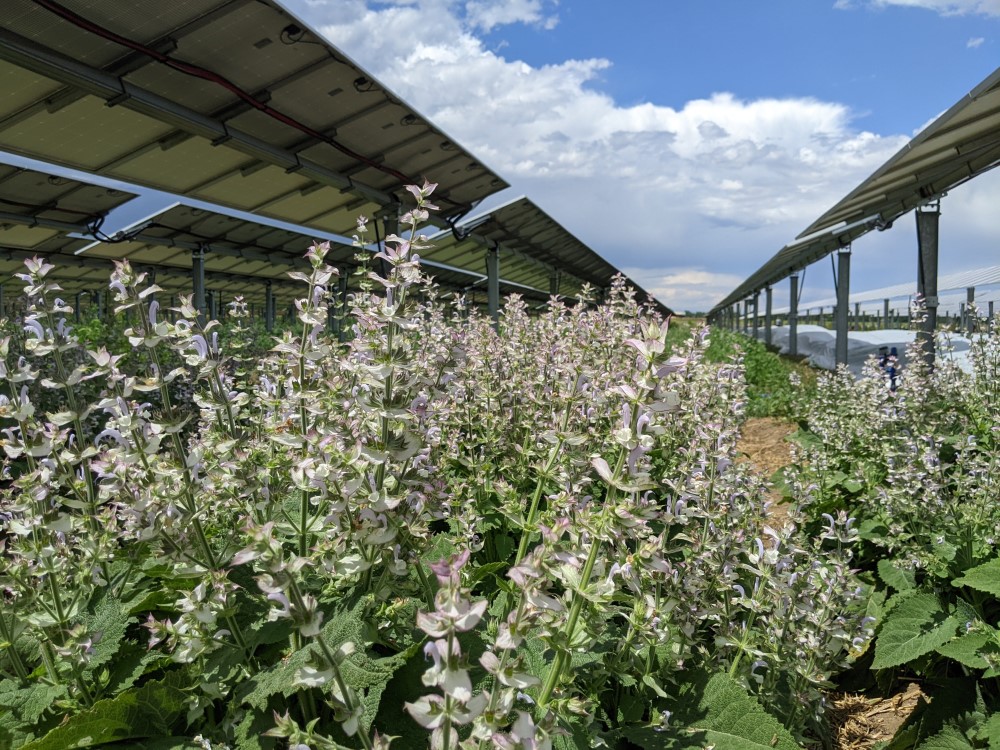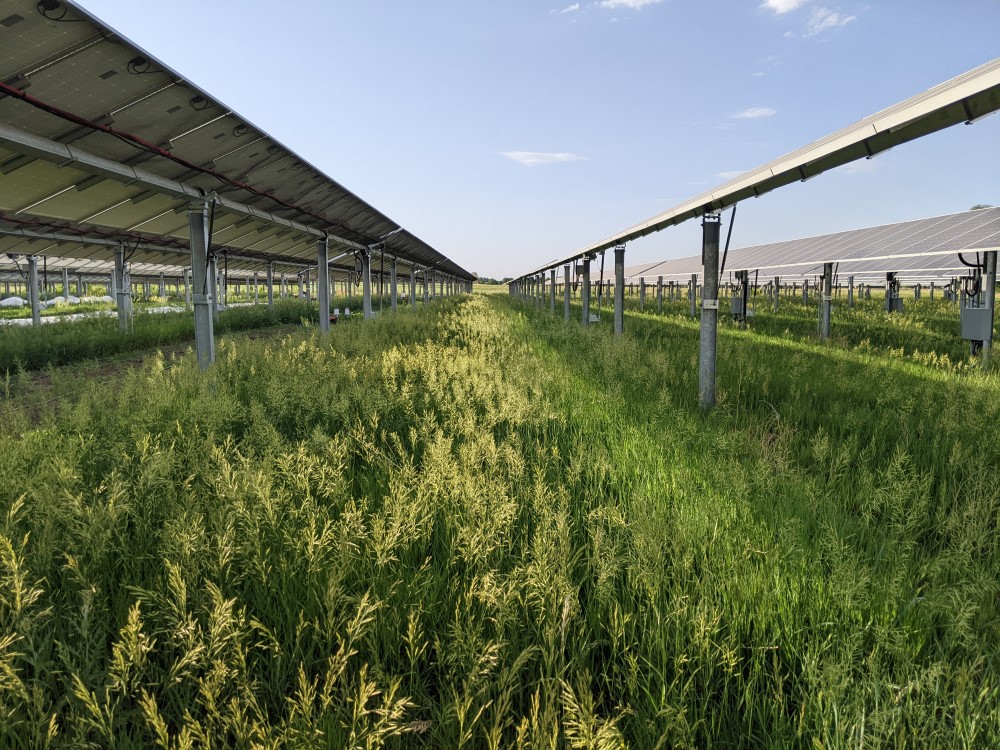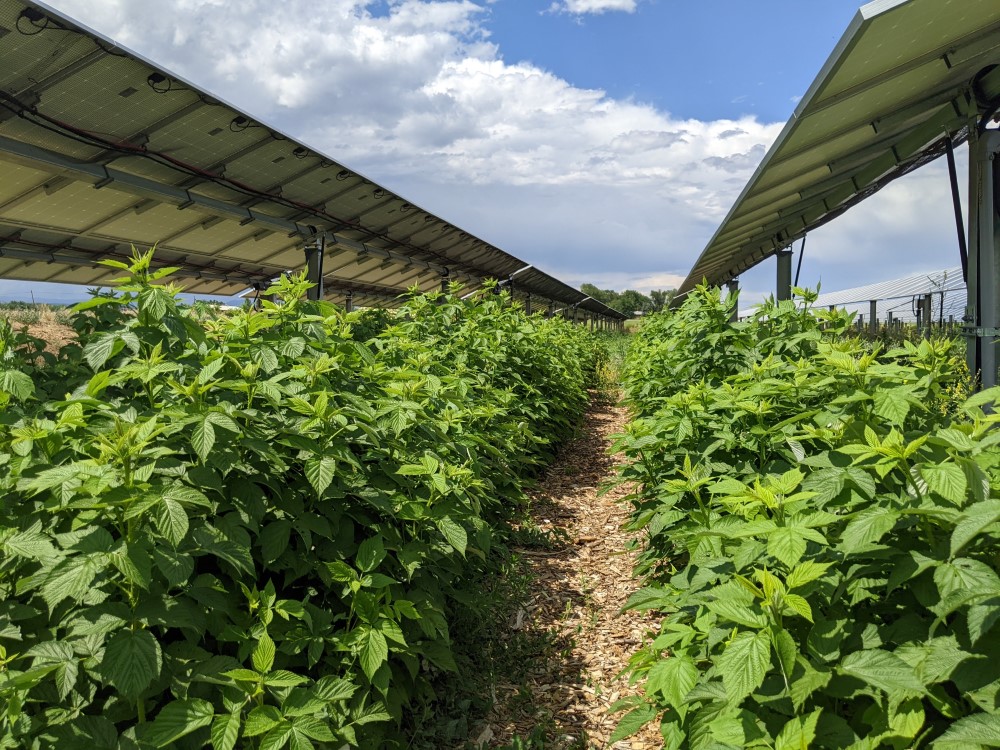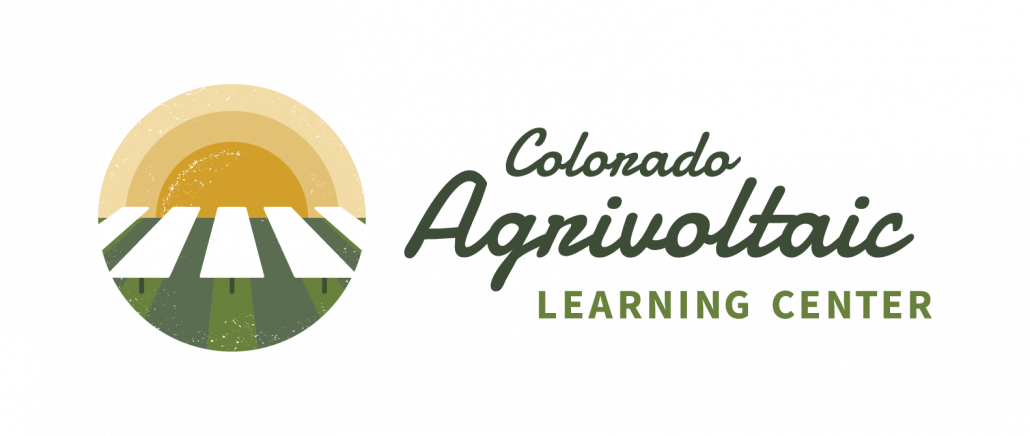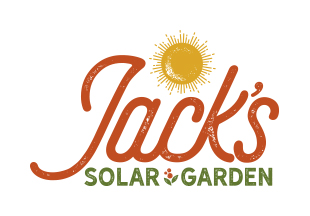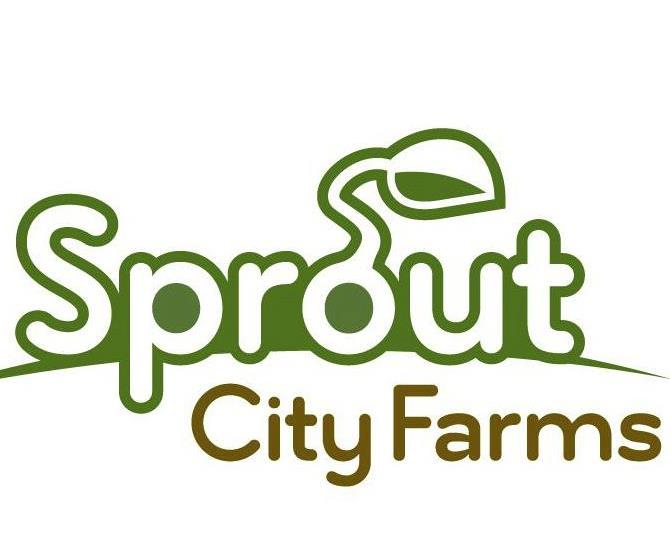This report examines the NREL Innovative Solar Practices Integrated with Rural Economies and Ecosystems (InSPIRE) project, which was funded by the U.S. Department of Energy (DOE) Solar Energy Technologies Office (SETO) starting in 2015. Over the past seven years, the project’s multiple phases have studied the colocation of solar with crops, grazing cattle or sheep, and/or pollinator-friendly native plants, and the resulting ecological and agricultural benefits.
According to InSPIRE research, there are five central elements that lead to agrivoltaic success:
- Climate, Soil, and Environmental Conditions – The location must be appropriate for both solar generation and the desired crops or ground cover. Generally, land that is suitable for solar is suitable for agriculture, as long as the soil can sustain growth.
- Configurations, Technologies, and Designs – The choice of solar technology, the site layout, and other infrastructure can affect everything from how much light reaches the solar panels to whether a tractor, if needed, can drive under the panels.
- Crop Selection and Cultivation Methods, Seed and Vegetation Designs, and Management Approaches – Agrivoltaic projects should select crops or ground covers that will thrive in the local climate and under solar panels, and that are profitable in local markets.
- Compatibility and Flexibility – Agrivoltaics should be designed to accommodate the competing needs of solar owners, solar operators, and farmers or landowners to allow for efficient agricultural activities.
- Collaboration and Partnerships – For any project to succeed, communication and understanding between groups is crucial.
Successes and failures of prior agrivoltaic projects will inform new innovations as agrivoltaic projects continue to be deployed globally. This report represents a synthesis of lessons learned from agrivoltaic research field sites located across the United States as part of the InSPIRE project. The projects considered represent a diverse mix of geographies, agrivoltaic activities, and technology configurations. In this report, we have provided a list of features that contribute to the success of agrivoltaic installations and research projects, with partnerships playing a crucial role in both. The researchers suggest future research activities that align with these core principles as well as other approaches to grow agrivoltaic research efforts globally.

